Heavy Metal
Mac Whitney & John Clements
The Gallery Sonja Roesch recently put together a unique exhibition of sculptural works by John Clement and Mac Whitney. This unique show features sculptors from two different generations whose works in steel range from table-top pieces to monumental creations.
Starting with steel pipes, Clement shapes and welds them into intertwining arrangements. Endlessly devoted to the geometry of the arc, Clement refines steel into something organic and whimsical. Whereas Whitney’s abstract sculptures, welded out of raw steel, are a metaphysical expression of the fundamental forces of tension and resolution. The end result recalls the structure of interlocking strands of DNA or molecules. Literal had the opportunity to talk to both artists on this special occasion.
What did you discover about your own work once it was installed next to the other artist’s?
Mac Whitney: I discovered that my unpainted sculpture worked well with John’s painted sculpture.
John Clements: One of the main differences that stood out is the verticality of Mac’s work as compared to the lower, more spread-out volume of my pieces. Mac’s work seems extremely figurative to me, having volume and form in a vertical fashion. It made me look into deeper into my work and its inclination more towards finding its shape in a footprint….
How would each of you categorize the other’s work in the context of 20th century modernism?
MW: John’s work is lyrical abstraction and forms part of the constructivist tradition.
JC: Mac is truly “old school”. His generation of artists really worked hard… extremely process-oriented, with an open, expanding dialogue between artists across many disciplines. It was fantastic.
As compared to today, well, his style of working alone in the studio, trial and error, hands on, etc., is becoming extremely rare. Twenty years ago, I had dozens of friends in New York City keeping studios and making work in this tradition. Almost all of them are gone. I’ve always looked to Mac’s generation of men and women as inspiration to keep grinding.
With the advent of CAD, 3d programs, CNC routers, 3D printers, etc., the actual process of ‘sculpting’ with your hands and remedial tools is vanishing…
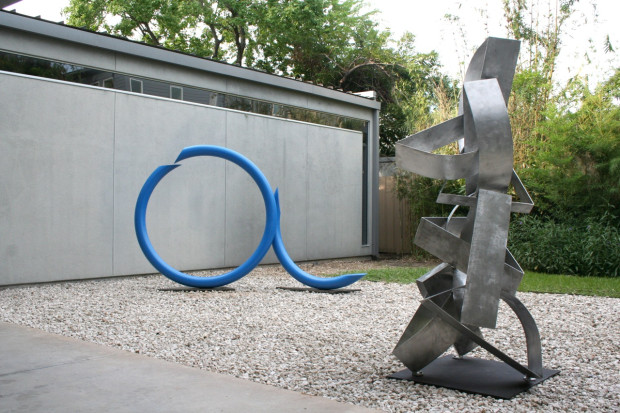
When did you discover that abstraction worked better to express yourself, and why?
MW: I have always worked abstractly. Early on, I made sculpture from parts of old horse-drawn farm equipment. I was able to express myself with these assemblages.
JC: That’s a good question… The first sculpture I ever created was a human torso carved from a block of plaster. It was a great piece to work on, and I enjoyed the challenges and successes that went along with it. However, immediately after finishing that piece, I moved on to complete abstraction. It just felt more of a fit for the ideas I wanted to explore in space and time. I have nothing but the highest regard for artists who work with the figure… it’s an amazingly beautiful and challenging subject. However, I felt the need to make and break my own rules, if you will.
Your work bends itself in order to create emotion and beauty for the spectator. It’s quite astonishing to see such exquisite and at the same time, energetic results from such heavy materials. How can an artist translate those feelings through a medium that has been perceived as obscure and foreign to human experience?
MW: In my case, all the steel that I use is flat when I get it. I need to translate that into a three dimensional shape that will become part of a sculpture.
JC: One of the things that I do not consider myself to be is a “metal worker”. Although my studio, at first glance, resembles a metal workshop with all the tools of the trade, it is a studio. Meaning more specifically that the ideas of the creative process, strictly for the purpose of creating art, are paramount above the materials themselves. There has always been a seemingly macho aspect to sculptors who work in steel (male or female). I never strived for that sentiment and actively try to remove any notion of the materials being industrial or heavy from the work. It’s almost as though artists, and in this case sculptors, were magicians or alchemists, taking raw materials and through vision, ideas, and process, actually transforming the way those elements are viewed for the duration of the work (perhaps forever…or at least until the next Ice Age.)

What have your main influences been?
MW: Main influences for me have been the work of Julio González, David Smith, and Alexander Calder.
JC: I have been very fortunate to have had some wonderful mentors, who remain my friends to this day. John Henry, Mark Di Suvero, Joel Perlman, and Andrew Ginzel, specifically, opened lots of doors for me (in both my mind and the real world). As far as specific influences are concerned, I’d say that the generation of sculptors Mac and the above artists belong to was more of an inspiration than anything else. I spent a lot of time with those guys, and their love of life and dedication to their craft, as well as their fellow sculptors, was something I wanted to be a part of from the very moment I was introduced to their worlds.
Would you share with our readers what your favortite piece is and why?
MW: My favorite piece in the show is Madero, because it shows me a direction in which to scale up to a much larger work.
JC: I really can’t, as there isn’t one. That’s not a cop out…if I chose, I’d be lying!
Each work is unique and possesses traits the others don’t. That’s the beauty of art, and in this case, sculpture!
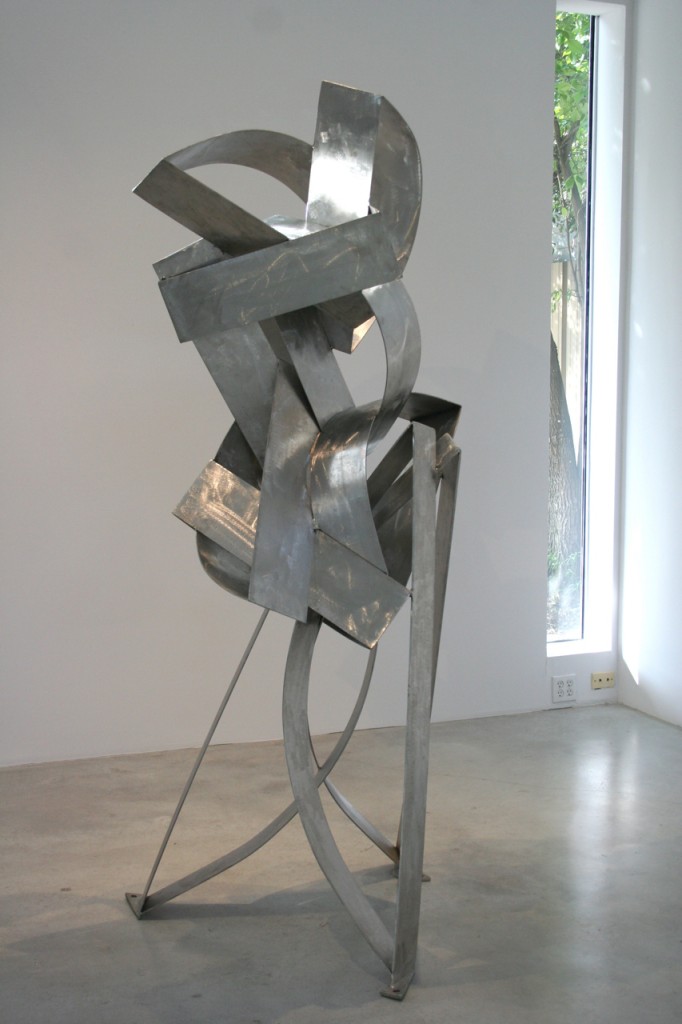
Posted: October 1, 2015 at 11:53 pm


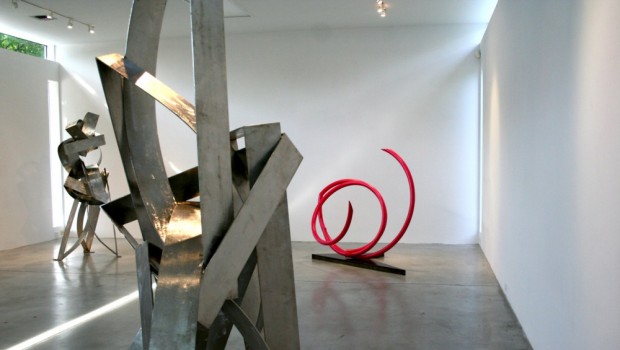
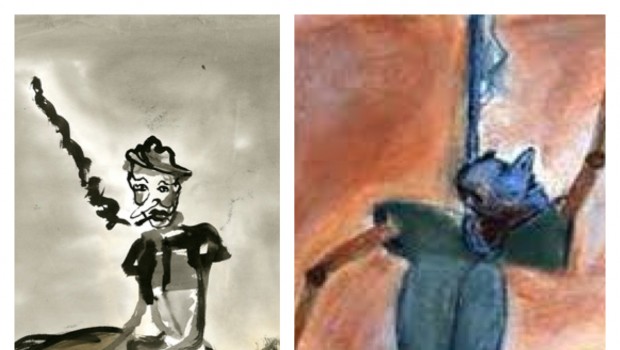
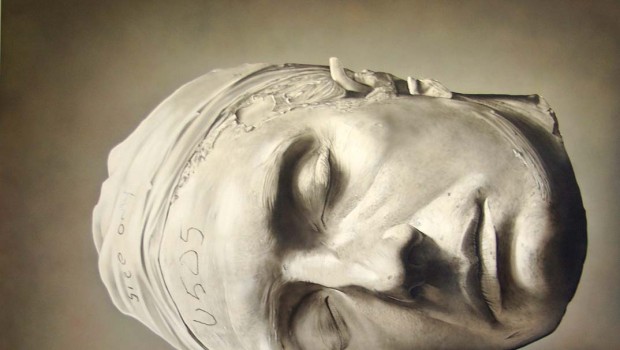
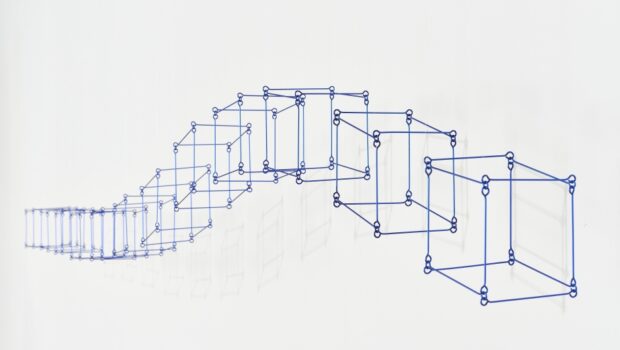

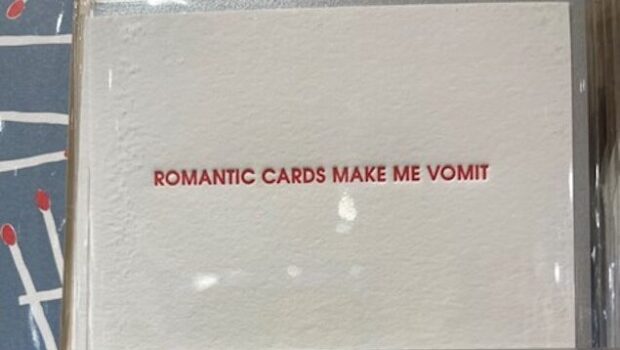
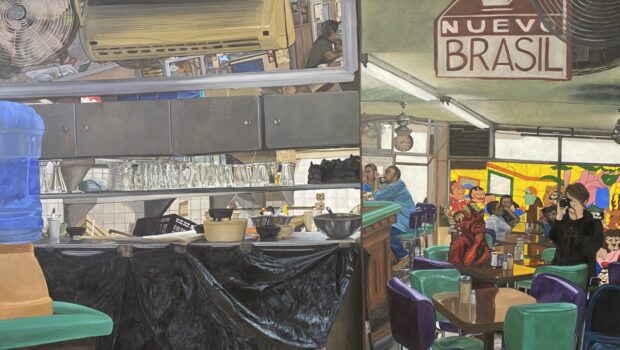
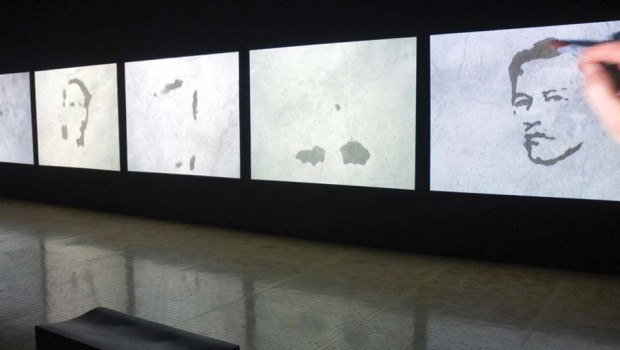
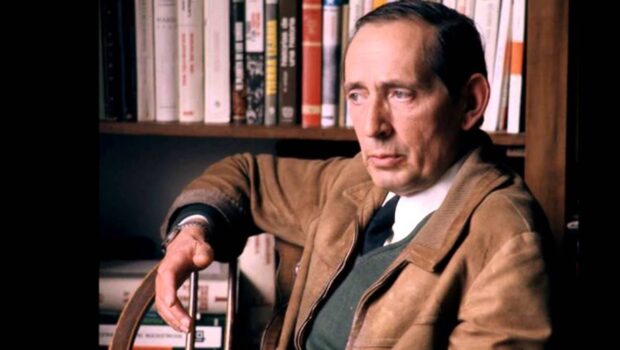
Not sure if I agree with everything, but loved the writing